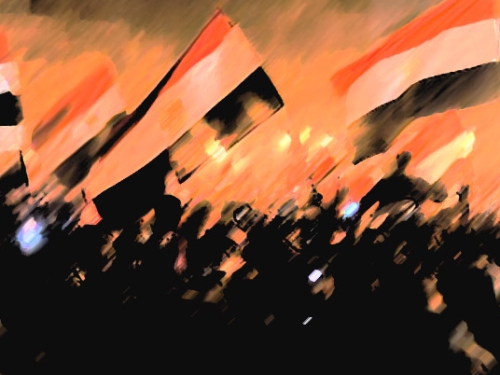
This article was written following the release of the Institute for Economics and Peace’s Global Peace Index 2017.
While the world has successfully lowered overall levels of militarisation over the last 30 years there has been a dangerous increase in the world’s most unstable areas
The conflict in Syria is a stark reminder of the devastating potential of state based armed conflict and the destructive capability of conventional heavy weapons. One need only look at the gulf between the numbers of lives lost from terrorism versus armed conflict globally to be reminded of this fact –in 2016, it is estimated that approximately five times more people were killed in armed conflict than in terrorist events.
While charting trends in militarisation is difficult due to the constantly evolving destructive capability of heavy weapons technology, IEP has tried to develop a data driven approach by compiled 30 years of heavy weapons data based on the authoritative International Institute for Strategic Studies (IISS) Military Balance. The data have then been codified based on a methodology developed by the Stockholm International Peace Research Institute (SIPRI).



